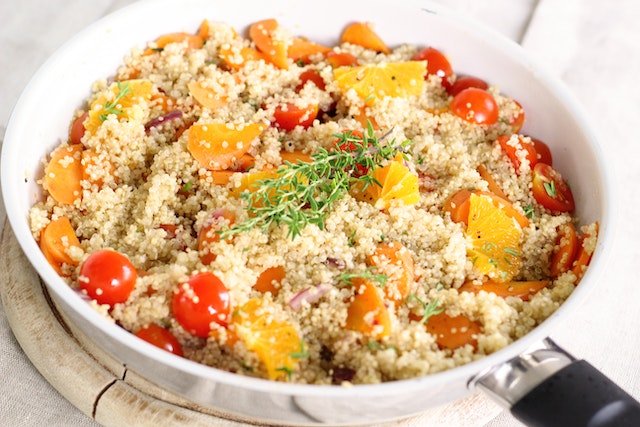There are many factors why a person may want to give up eating animal products. You might not like the idea of eating animals or animal products for moral reasons. Maybe it’s because you know it’s a better choice for the planet in the long run. You might think it’s the healthiest way to eat. No matter what your reason is, it can be hard to switch from a diet that includes meat and dairy to one that does not. This is why you should take things slowly and learn how to start a vegan diet in a way that will make you more likely to stick with it. Continue reading to learn more.

Consult With Your Doctor
It’s a good idea to see a doctor before making any significant dietary changes, including transitioning to a vegan diet. If you are concerned about your health after making the transition to a vegan diet, don’t hesitate to consult your doctor or a registered dietitian for guidance on how to make sure you are getting all the nutrients your body requires.
This isn’t easy to do when you’re already busy, but it’s an excellent place to begin. A good physician will be able to assess your overall health and nutritional needs and advise you accordingly. There is a wealth of data available online, but it’s always smart to kick things off with a visit to the doctor.
Make Vegetables The Star
After deciding that a vegan diet is best for you, it’s time to start planning your meals. When being vegan for the first time, it’s common for people to worry about what they can’t eat. It could turn them completely against the vegan diet.
Instead, examine what you can add; you probably have more room for food than you think, especially when you take into account the wide variety of vegetables available and the many ways in which they can be prepared to bring out their full taste. Making vegetables the centerpiece of every meal (instead of meat) can let you discover how many delicious options you have. Plus, there are vegan recipes for so many types of food, such as vegan cornbread, that you won’t feel as though you’re missing out at all.
Include Whole Grains
Vegetables are an important part of a vegan diet, but that doesn’t mean they make up every single meal. It’s crucial to eat a variety of foods to maintain a healthy, balanced lifestyle. Whole grains are one such food.
You can make sure you’re getting enough vitamin B, which you might be lacking on a vegan diet, by switching from refined grains (like white bread and pasta) to foods that contain whole grains (such as wholewheat pasta, brown rice, quinoa, and similar products).
Don’t Assume You’ll Be Healthier
Many believe a vegan diet is the healthiest option because it prioritizes plant-based foods. But this isn’t always the case, so watch what you eat and keep your portions in check. Keep in mind that using coconut or palm oil to cook food will immediately add lots of saturated fat to any meal and that the cooking process often changes a healthy component into an unhealthy one.
In order to achieve optimal health, it is recommended that you eat foods in their natural, unprocessed state, preferably raw.